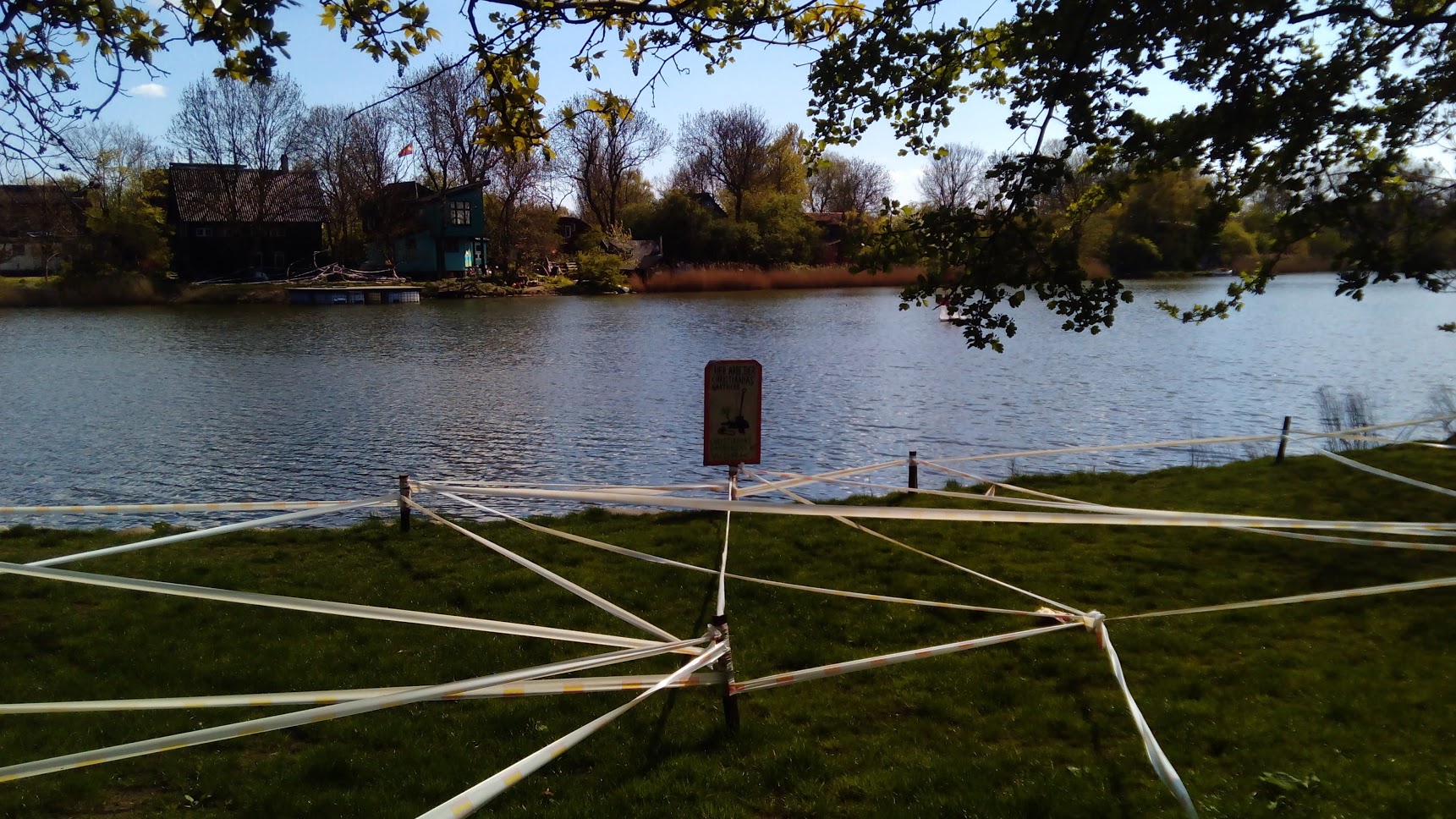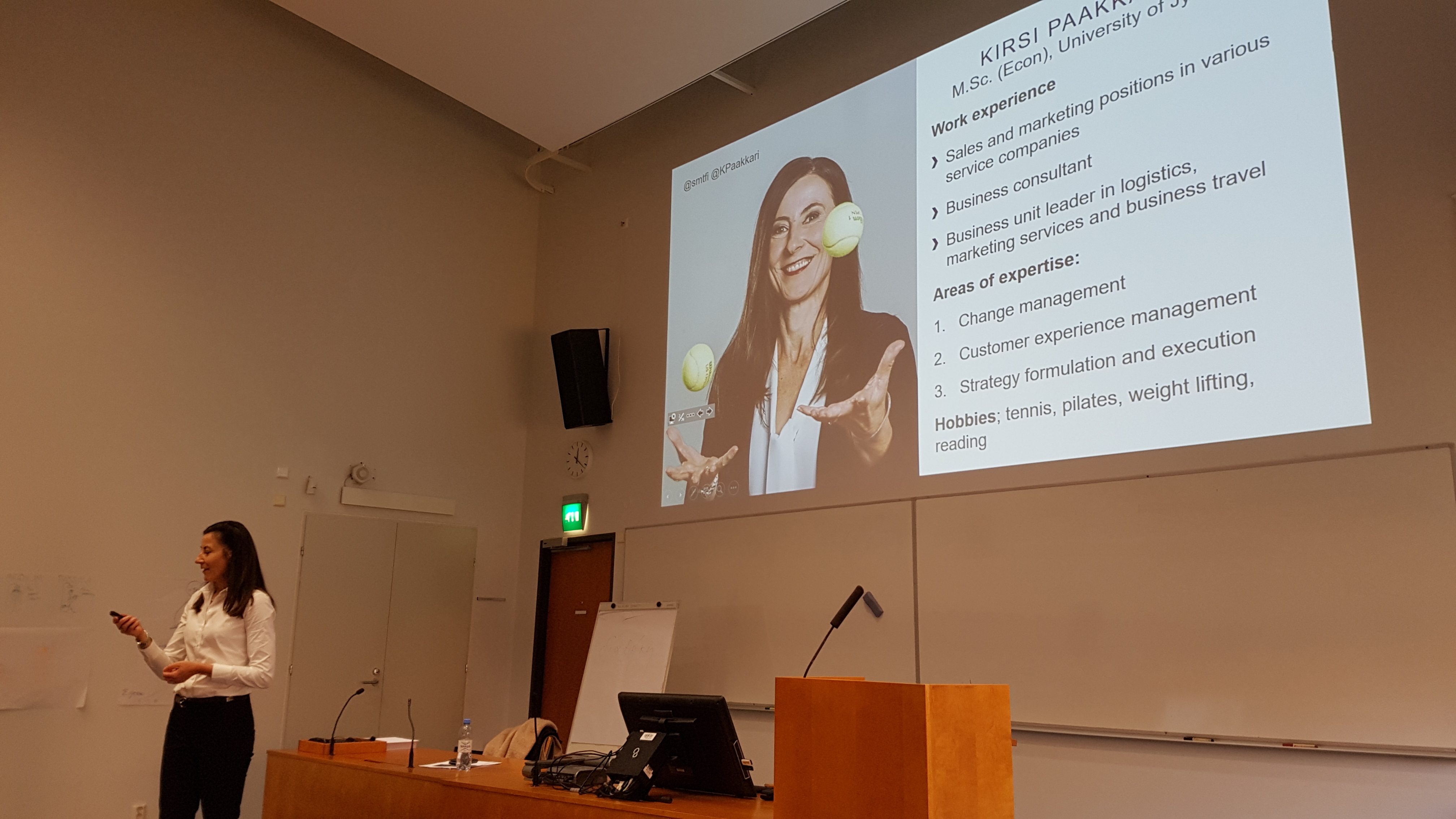How can mobile app boost your tourism business to success?
Did you know travel applications are the seventh most popular category of most downloaded apps and over 60 percent of travelers choose to use mobile apps while traveling?¹ In the future, there will be thousands of new mobile applications with new facilities that offer travelers daily movement without the assistance of humans while traveling. Therefore, it is important […]

Sharing economy – five things everyone in the tourism business should know
The sharing economy has grown its popularity as a phenomenon in the past ten years a lot. Still, it is surprising how hard the definition is or how academics are finding the same issues which need further research. Defining sharing economy (from now on SE) is difficult since it has many other names such […]
3 easy ways to make online customer experience better in tourism
As technology develops it is necessary for tourism businesses as well as businesses, in general, to think about how they can improve online customer experience. There is a lot of talk about if technology will replace human interaction, but actually in business purposes technology can help make customers happier. Although we have to remember that […]

Self-employed Business Owner: Why Learning Basics of Digital Marketing Saves you Money while Growing your Business?
Are you preparing cottage rooms for next guests? Driving dog sledge through low-lying arctic hills? Preparing dinner for a group of visitors? If you’d take less than 10 minutes of your time to read through this blog post, I can promise you’ll be even busier after few months’ time. So, do you have time to […]

How information technology can help in customer relationship
The customer comes first. Classy saying, right? Surely that guideline, or perhaps a cliché, creates some kind of thoughts in your head. Do you consider it important? Customer relationship is also such a classic term in the business world. Well, that for sure is essential! However, which elements in customer relationship matter the most for […]
The most important concept in destination marketing?
What is a concept or a term that every destination marketer should know and understand about destination marketing? I think I found it. It is very catchy. A bit marketing-oriented even. Quickly thought, something far-fetched? But coherent and makes a lot of sense when thought more deeply. It gathers up something very wide in one […]

From Marketing Strategy to Values Strategy
Having been processing the concept of marketing strategy during the ongoing autumn due to our course on destination marketing, the concept of strategy has been wandering in my mind. What does it actually mean and how important is it for a (tourism) company? Applying the concept of strategy In his book Valonöörin käsikirja (A lightneer’s […]

Management by wellbeing
Mindfulness, victorious corporate culture, growth rates that the board cannot accept, going to the gym with your bosses, hiring a personal business coach, fighting loneliness… does not sound like a traditional Finnish management style, does it? In one company it is. Managing corporate culture and people at SMT Our Tourism Marketing and Management Programme had […]
What is online business in tourism?
Online business in tourism, digital tourism business, e-business in tourism, e-tourism; call it what you will, it still has a huge impact on how tourism business is conducted. Most of tourism businesses and large part of marketing are now online. The internet is most often used medium to search for information about a holiday or […]
Welcome to Tourism Marketing and Management
Welcome to the blog of International Master’s Degree Programme in Tourism Marketing and Management by University of Eastern Finland. This blog is an essential part of the programme and will bring forth the ideas and news from the programme. We aim to build a significant international platform for making tourism better with this programme and […]